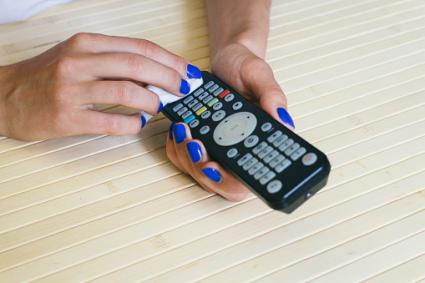
Shared electronics and touch devices present a challenge towards public health. This is especially true during winter or when the flu or some virus has infected the community. If only one person uses a piece of electronics its fine, however in a shared office environment this is impractical. The solution is
- Train staff to wash hands and take care around germ-prone areas (ie. phone close to mouth)
- Regular cleaning
The offending items are computers, mobile phones, remote controls, touchpads… all breeding grounds for millions of bacteria. There are lots of microbes and microscopic life forms; in and on us, and on surfaces all around us. Most are benign and many even helpful, but there are a few that distribute illness—germs—like the common flu, colds, etc
Usually shared and frequently contacted electronic equipment, like touch screens, remote controls and the keyboards of computers in a common area, need regular cleaning and disinfection. This is particularly significant in schools (where pupils on a regular basis attend “computer study”) and public areas where many persons may used a device in any given day.
Handwashing and providing disinfectant dispensers are very helpful.
Prevention is crucial say authorities, regular handwashing is among the most important things we may do to prevent spreading germs to others and becoming sick. The handwashing message is a vital one in an age where our hands are so often touching electronic devices.
Some of the bacteria found on electronic equipment are considered in the top eight Germiest Things around.
When we snack while using our electronics, food oils and crumbs transferred to keyboards and electronic surfaces set up a hospitable environment for germs. (The same thing happens in the moist environment of a damp sponge studded with food particles.) Some germs can thrive on the crumbs that rain down from your sandwich to your computer keyboard as you check your email. Similarly, channel surfing with the remote control while snacking in front of the screen is an ideal way to transfer bacteria to the remote control, potentially spreading germs to other staff members. And what about TV remote controls in hotel rooms?
So what can we do to reduce possible germs and bacteria on electronic devices? The table below gives basic directions for cleaning and disinfecting. An excellent general guideline is to clean and disinfect your electronic equipment once weekly, or more often especially if others or you are ill with an infectious illness.
Use alcohol or disinfectant to clean
Most of our often-touched devices, like keyboards, mouse, laptop, and headphones, can usually be cleaned safely with simple alcohol or disinfecting spray. You probably don’t want to go with pre-soaked wipes —instead, get a bottle of ethyl or isopropyl alcohol and put it on a soft cloth before wiping down the gear. The less moisture exposed to equipment the better.
Cleaning and Disinfecting Electronic Devices
| Device | Suggestion |
| Remote controls, computer keyboards, video game controllers, the computer mouse, and plastic and fabric smartphone and tablet covers | Once a week, or more frequently if users are sick with colds, flu or other viruses…
|
| Touch screens |
|

